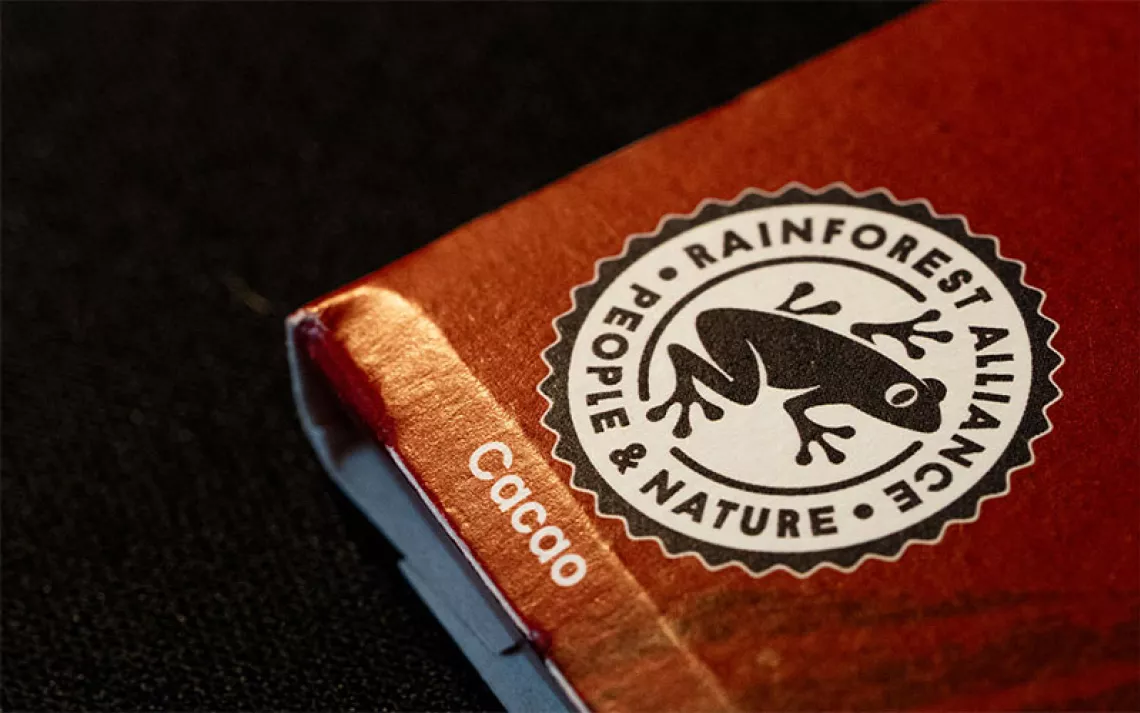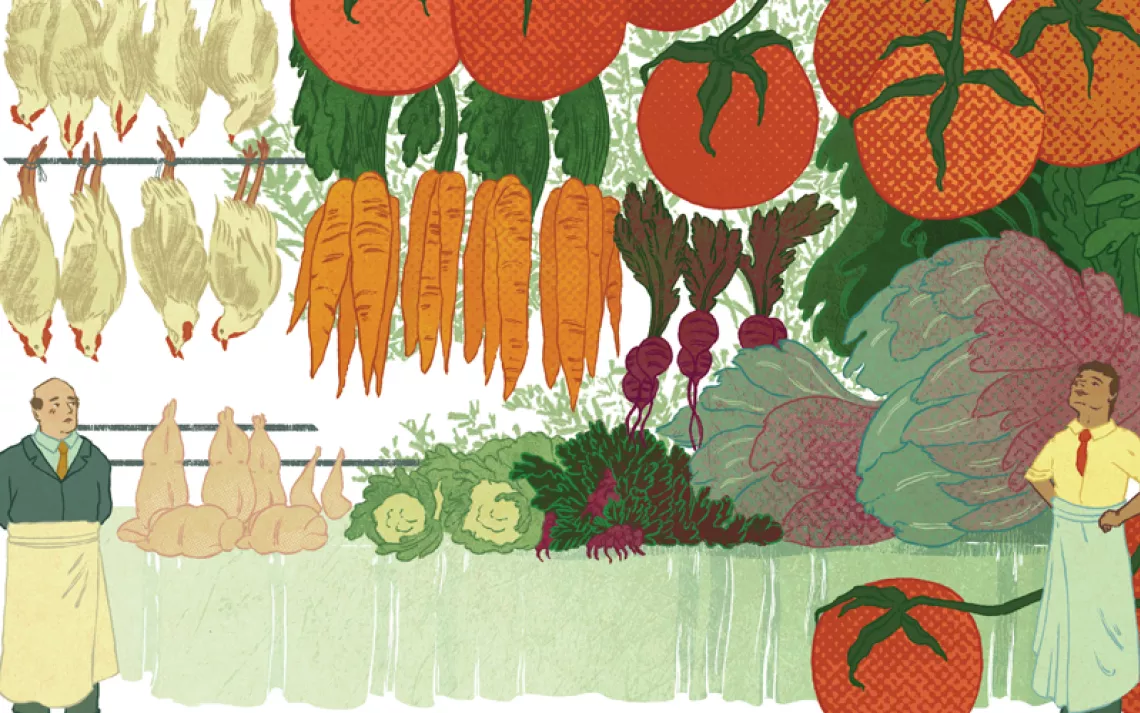The Future of Environmentally Friendly Meat Is High-Tech
These new animal-product alternatives duke it out over taste, texture, and nutrition—as well as sustainability
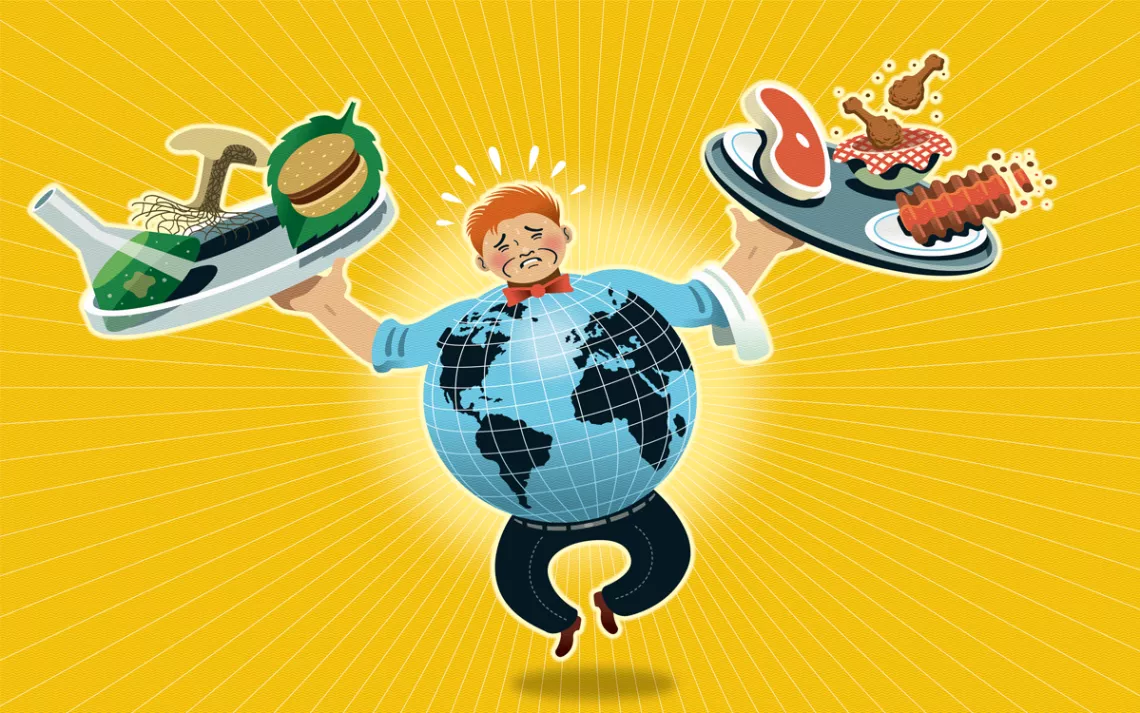
The meat industry is doing our planet in. Researchers estimate that 14 percent of global greenhouse gas emissions come from livestock production. So a batch of start-ups are taking a scientific approach to solving this problem by making better meat alternatives—innovative burgers, steaks, and kebabs are being crafted without the climate impact of clearing forests and growing crops to feed the animals that we eat.
It's too early to tell whether they will reduce industrial animal agriculture's impact on the climate, but these companies are making strides in scientifically improving the taste, texture, and nutrients of these new foods. Here's how.
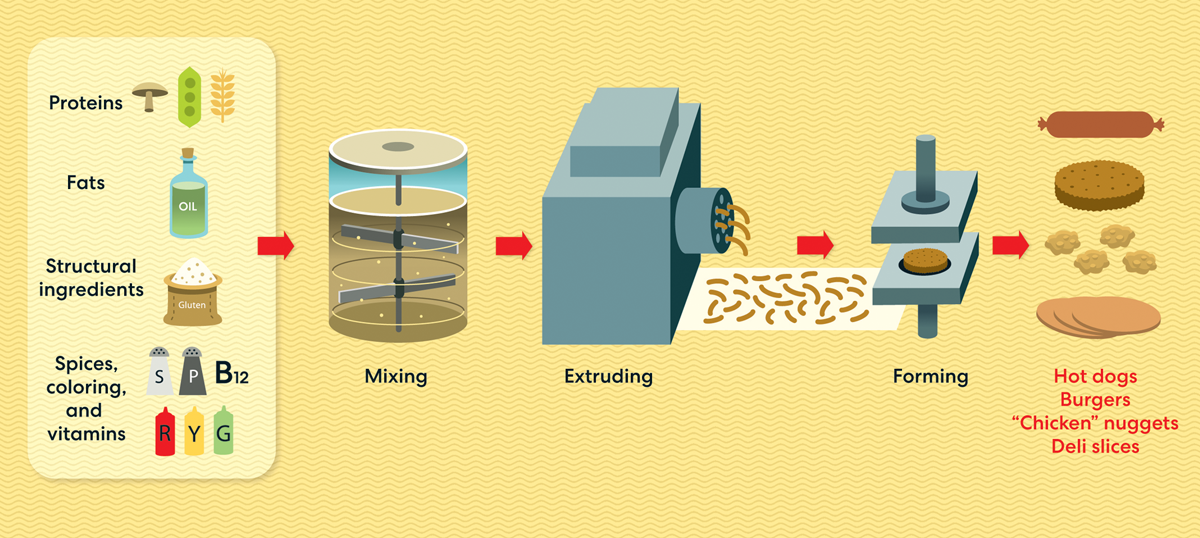
SHOT OUT OF AN EXTRUDER
Today's plant-based burgers have surpassed the veggie burgers of yesterday as stand-ins for beef. These products chew, smell, and even brown up like red meat. The improved burgers from Impossible Foods, Beyond Meat, and others use such advanced chemistry and food science that they avoid the term veggie burger, even while relying on familiar ingredients.
Soy, pea, and potato proteins are isolated in a chemical extraction process, mixed with other ingredients, and then spit out of an extruder in fluffy pellets that stretch and shred into meatlike fibers. Impossible Foods uses a genetically engineered microbe to create heme, a plant-based protein that mimics cow blood and browns when heated for a meatlike cooking experience.
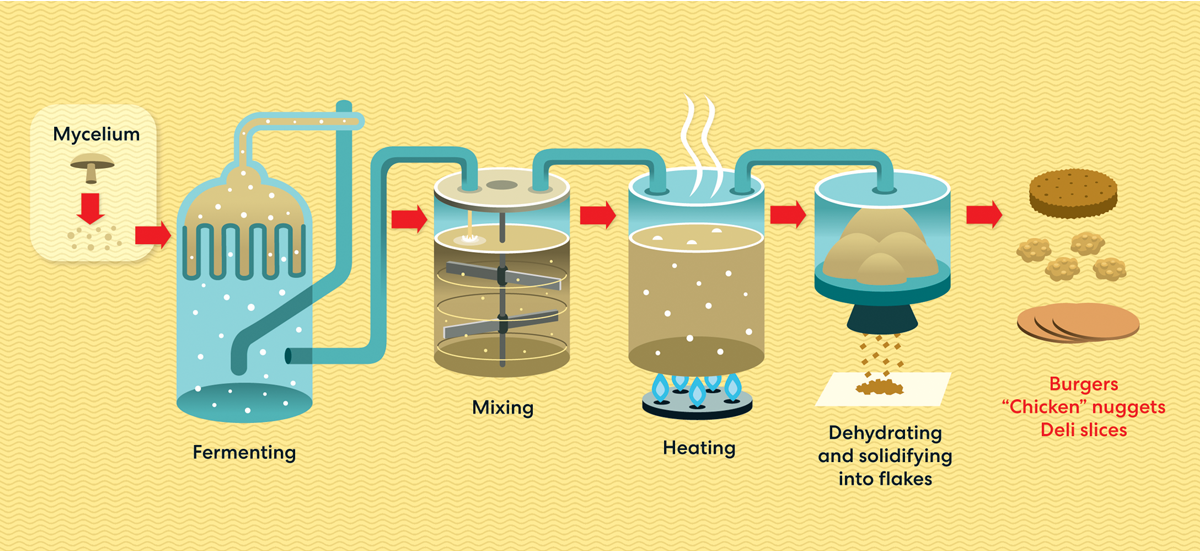
BREWED IN GIANT TANKS
Meanwhile, a less familiar ingredient called mycelium—a fungal root system whose fruiting bodies you know as mushrooms—goes further than animal protein. It delivers the nine essential amino acids humans cannot produce plus fiber, the latter of which many people are lacking in their diet.
To make mycelium "chicken" or "steak," Quorn, Meati, and other newer companies add mushroom spores, sugar, and water into giant steel tanks and fine-tune the heat and stir rates. Mycelium comes out of the tanks looking like piles of flaky, flavorless tuna fish. The water is removed and flavorings added, then the resulting product is formed into meatlike shapes.
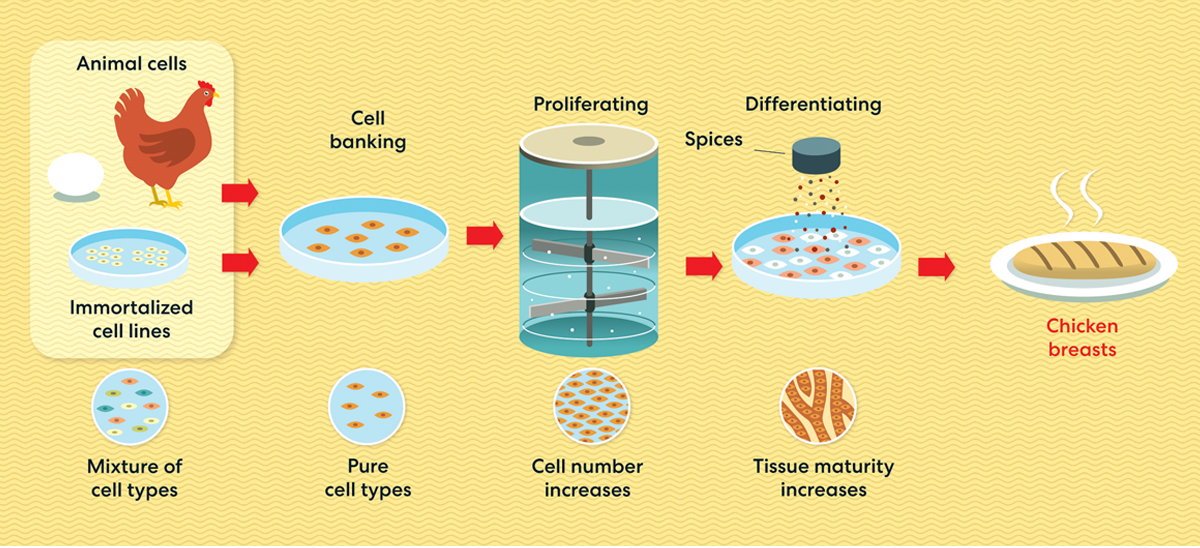
PROLIFERATED FROM MICROSCOPIC CELLS
There are well over 100 start-ups growing animal muscle and fat to create meat without slaughter. To make cell-cultivated meat, lab workers take a small biopsy from an animal and choose the best cell lines to nurture in the lab with nutrients and growth factors. Once the cells reach a critical mass, food scientists add spices and colorings. The product is then formed into bite sizes and packaged—all while the original animal lives on.
In June 2023, two start-ups—Good Meat and Upside Foods—received regulatory approval from the US Food and Drug Administration and the Department of Agriculture to sell their cell-cultivated meat, starting with chicken products. Despite this important approval from the US food safety system, you can order the cell-cultivated chicken from restaurants in only two US cities: San Francisco and Washington, DC.
THE UPSHOT
Is alternative meat a solution to our planet's problems? If we're talking animal welfare, the answer is a resounding yes. On climate, the answer is a bit less clear. One independent study reported that compared with beef burgers, plant-based options have a 93 percent smaller greenhouse gas footprint.
Data on cell-cultivated meat, however, are not widely available. In preliminary reports, researchers at the University of California, Davis, found that cell-cultivated meat is potentially worse for the environment in terms of its carbon footprint. Similarly, University of Oxford researchers determined that cell-cultivated meat might start out better for the planet, but eventually the carbon footprint from its high-energy needs might outstrip its benefit for the environment.
If we're talking about our health, alternative-meat companies are striving to exclude bad fats and include nutrients that make their products comparable to the traditional meat counterparts. As for how the products taste, which outranks all other factors for many consumers, the flavors and textures are only getting better and better.
 The Magazine of The Sierra Club
The Magazine of The Sierra Club


